Architectural design is an essential aspect of the built environment. Architectural design plays an integral role in creating structures that are both functional and aesthetically pleasing, as well as safe and efficient. It is also important for ensuring that a building’s design meets its intended purpose, whether it be residential, commercial, or industrial. This blog post will discuss why architectural design is so important and how it can help to create spaces that are both attractive and functional.
Defining architectural design
Architectural design is the process of creating and developing plans and designs for structures, buildings, and other physical environments. This includes creating blueprints, sketches, models, and computer-aided designs that illustrate the vision of an architect. The architectural design focuses on function and aesthetics, as well as the practical implications of a structure or space.
The Role of Architects
Architects are essential to the creation and implementation of successful architectural design. Architects have the knowledge and experience to evaluate a space, understand its potential and needs, and develop plans that will provide the best outcome for any given situation. They play a vital role in the entire process of architectural formation, from researching and analyzing data to creating concepts and producing drawings that will eventually be used for construction.
An architect also provides support during the actual construction phase of a project, ensuring that all the designs are being implemented correctly and that the final product meets all the expectations and requirements. Through this careful collaboration, architects can help bring an idea to life with their expert understanding of architectural design.
The benefits of good architectural design
Good architectural formation offers a wide range of benefits, both for the environment and for the people who inhabit the space. The architectural plan is all about creating functional, safe, and aesthetically pleasing spaces that meet the needs of the people using them. The most obvious benefit of a good architectural structure is that it can increase property value, but there are many other benefits to consider.
A good architecture design encourages efficiency in the use of energy and resources, which can reduce overall costs. By considering passive solar energy and other sustainable solutions, architects can ensure that buildings require less energy and water consumption. This helps minimize environmental impact while still meeting user needs.
In addition, good architectural design can promote physical and mental health. Well-designed buildings and outdoor spaces offer opportunities for physical activity, socialization, and relaxation, which can improve overall well-being. Good architectural design also considers the psychological effects of different elements such as color and lighting, which can have a positive impact on mood and productivity.
Finally, good designs in architecture can create attractive and distinctive places that reflect local culture and contribute to a sense of community pride. This can attract tourists and investors, helping to boost the local economy.
Overall, good architectural design offers a variety of benefits to individuals, businesses, and communities alike. It can be used to create safe, efficient, and sustainable spaces that enhance user experience, improve physical and mental health, and contribute to local economic development.
The Importance of architectural design in sustainable development
Architectural design plays a crucial role in the successful implementation of sustainable development initiatives. Good architectural design can help reduce the environmental footprint of buildings, and in turn, promote green practices and reduce energy consumption. By strategically designing energy-efficient buildings and constructing them out of sustainable materials, architects can create structures that use less energy and reduce their carbon footprint.
Additionally, good architectural design can be used to encourage walking and cycling by making these modes of transportation more attractive, accessible, and convenient. By implementing features such as bike racks and pedestrian walkways, architects can make it easier and safer for people to get around without using a car.
In addition to its environmental benefits, architectural designs also have an important role to play in promoting social sustainability. By creating spaces that are accessible to everyone, regardless of physical ability or age, architects can help ensure that everyone is included in the built environment. This not only helps ensure the health and well-being of all members of society but also promotes a sense of community and belonging.
Architectural structure has a huge potential to promote sustainable development, but only if it is done responsibly. Architects need to think about how their designs will impact the environment and the people who will inhabit them. When done thoughtfully, architectural design can help create a healthier, more sustainable future for all.
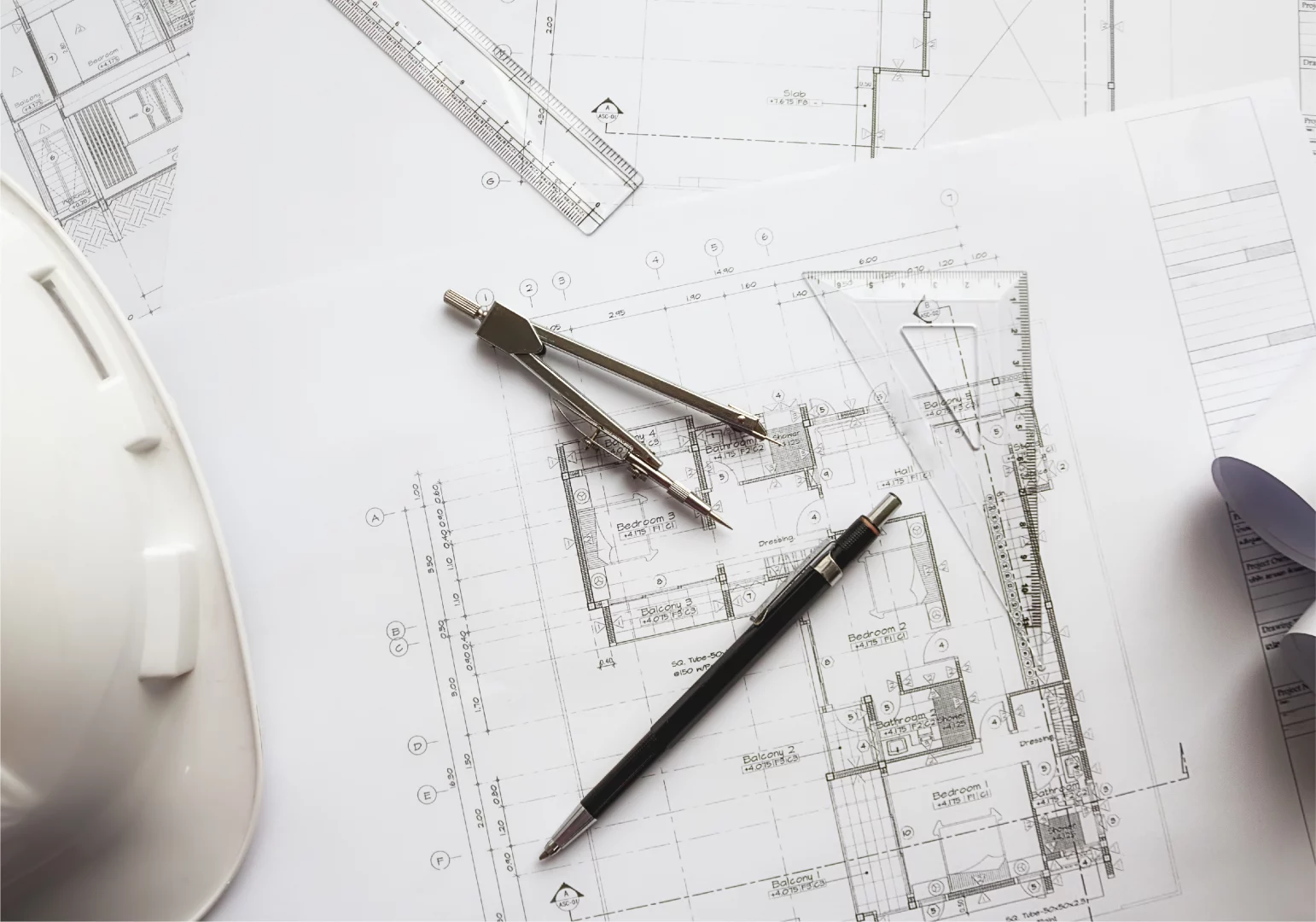
The Future of architectural design
As society continues to evolve, so too must our architectural designs. The needs of the population and technological advancements will shape the look and function of future cities and buildings. As such, architects must stay abreast of the latest developments to create structures that are efficient, sustainable, and aesthetically pleasing.
Architecture as design is not only about the physical structure but also the need for an environment that encourages creativity and collaboration. The use of space is just as important, which is why architects must look at how the interior of a building can be designed for maximum productivity. It’s also important for architects to consider new materials, renewable energy sources, and smart technology when creating buildings that are energy-efficient and eco-friendly.
At the same time, architects should take into account the social implications of their designs. They must consider how the built environment affects people’s behavior and interaction with each other. For example, open public spaces like parks and plazas can foster a sense of community while tall buildings can help reduce noise and air pollution.
The future of architectural design lies in the ability to develop efficient, sustainable, and socially conscious structures. To achieve this, architects must combine their creative skills with cutting-edge technologies to create unique and inspiring designs that meet the needs of their clients and the public.
Frequently Asked Questions about Architecture and its Importance
Q: What is architectural design?
Architectural design is the process of planning, designing, and constructing buildings and other physical structures. It involves considering the aesthetic, functional, technical, and social aspects of a building or space, and creating a design that meets the needs of its users while also being visually appealing and structurally sound.
Q: Why is architectural design important?
Architectural design is important because it determines the functionality, safety, and aesthetic qualities of a building or space. A well-designed building or space can enhance the quality of life of its users, promote productivity, and contribute to a sense of community and social cohesion. Additionally, good architectural design can help mitigate the negative impact of buildings on the environment and promote sustainable living.
Q: What are the key considerations in architecture design?
Some of the key considerations in architectural design include functionality, aesthetics, sustainability, accessibility, safety, and cost-effectiveness. Architects must also consider the needs and preferences of the building’s users, as well as the cultural and historical context of the building’s location.
Q: What is the role of an architect in architectural design?
Architects are responsible for leading the design process, from initial concept development through to construction. They work closely with clients, engineers, contractors, and other stakeholders to develop a design that meets the needs of all parties involved. Architects also ensure that their designs meet local building codes and regulations, and are structurally sound, safe, and sustainable.

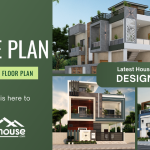
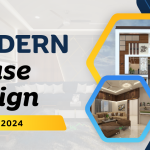


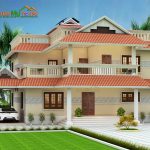
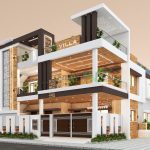
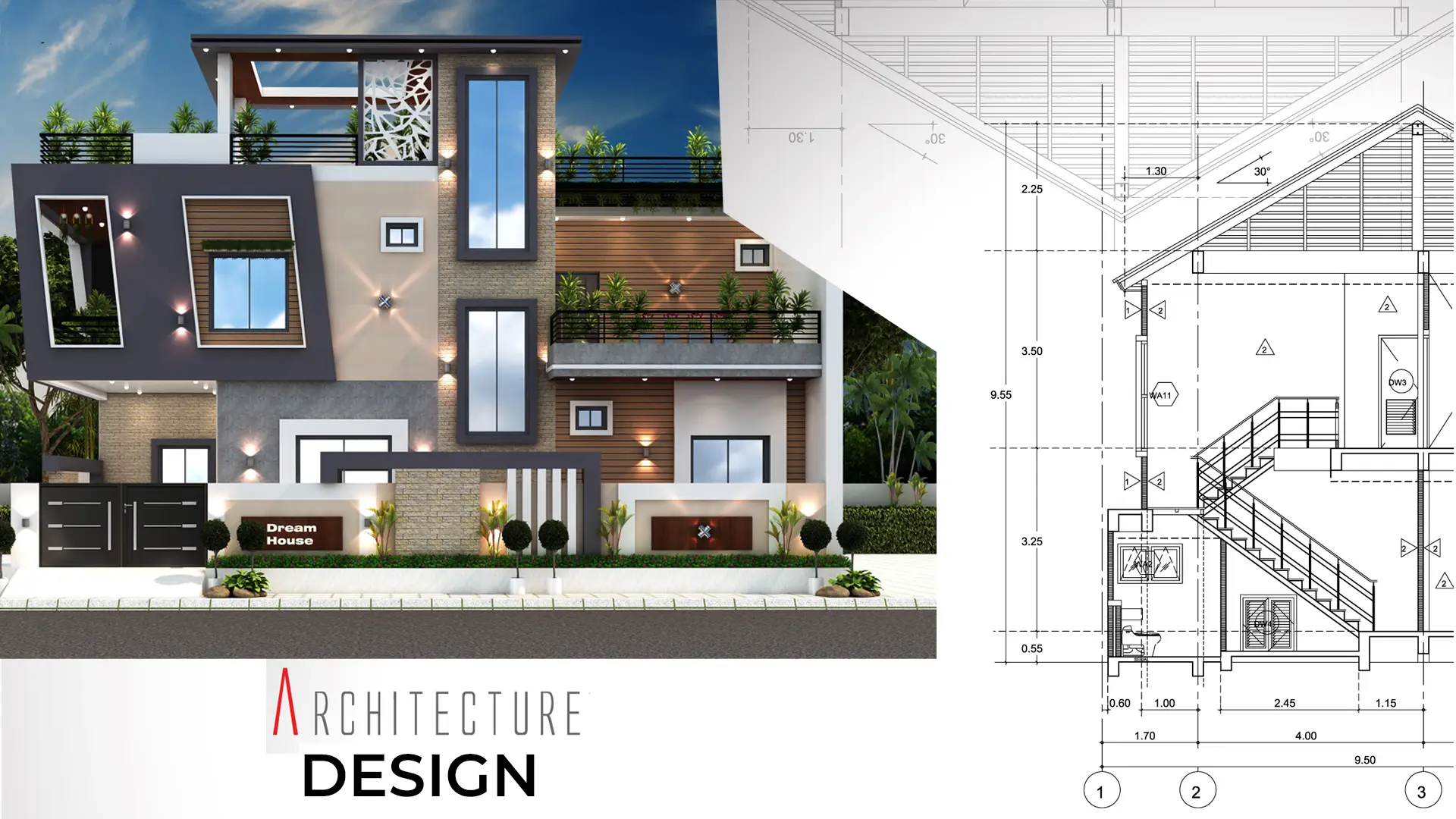
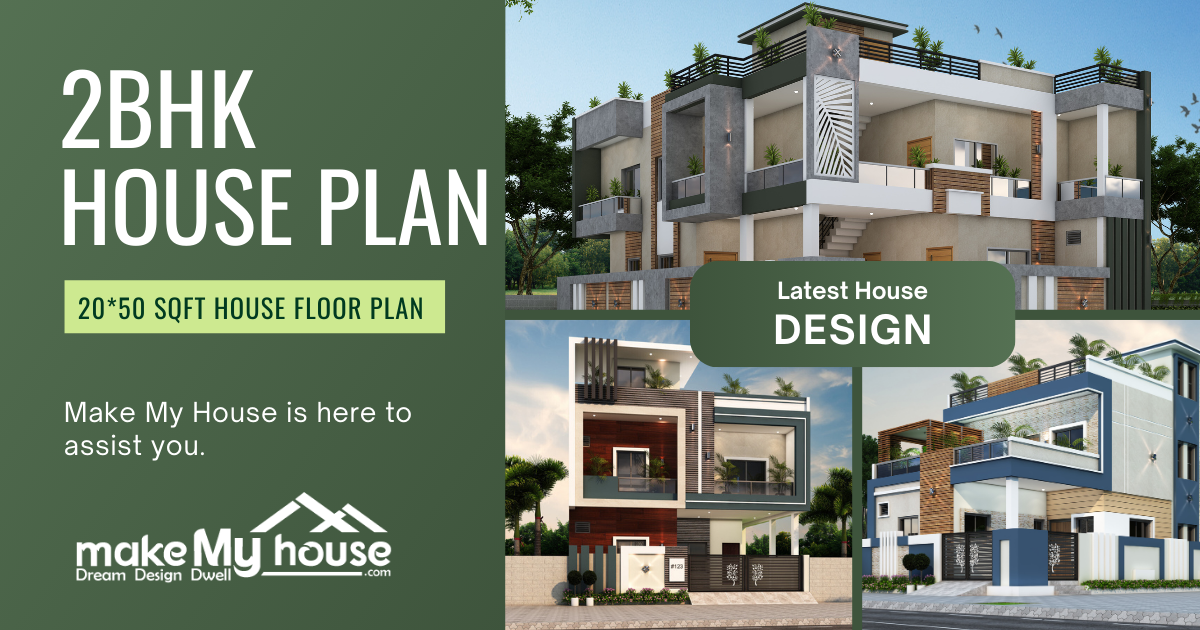
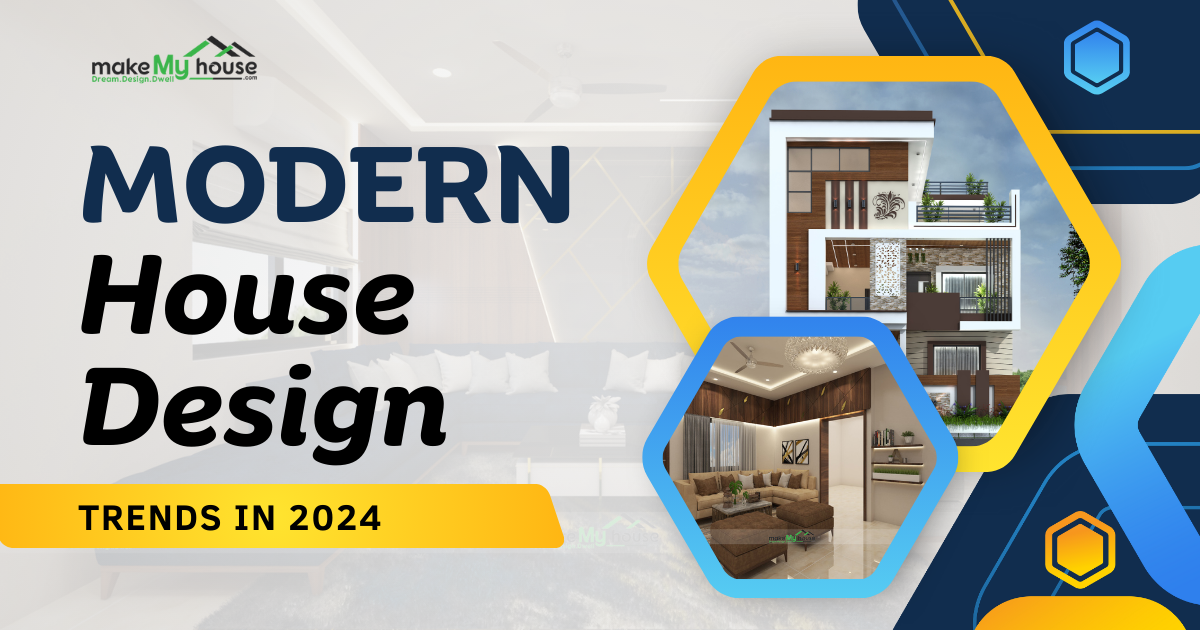


very iformative
It’s great that you talked about how a good architectural design would encourage efficiency in the use of energy and resources, which could reduce overall costs. I was watching a video about how to build a structure and it was quite interesting. It seems there are various things involved in the process, like building design engineering services.